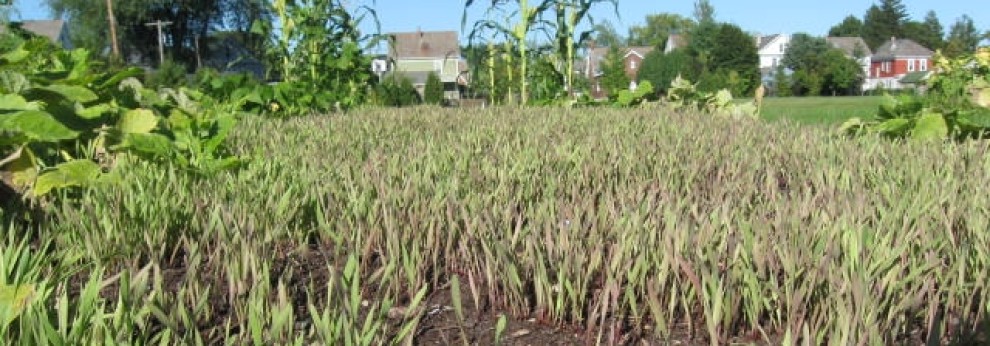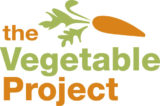 Those are tomatoes in the picture, in case you can’t tell. They haven’t been totally exposed to the elements. But they have been in the cold, in a shed, for the past few months. And when we suggested to middle school students on Tuesday cutting into them to remove seeds, most balked – at least initially. With observations like, “ew!” and “gross!” and “disgusting!”
Those are tomatoes in the picture, in case you can’t tell. They haven’t been totally exposed to the elements. But they have been in the cold, in a shed, for the past few months. And when we suggested to middle school students on Tuesday cutting into them to remove seeds, most balked – at least initially. With observations like, “ew!” and “gross!” and “disgusting!”
Many students, however, quickly overcame their discomfort and cut in with plastic knives.
Collecting tomato seeds and preparing to save them was atop the agenda on Day 1of a new months-long gig we have with six self-contained special education classes at Albany’s Myers Middle School. We could have started with a number of other activities. But this one was appealing because it helped us get several balls in the air at the same time:1) talking about life cycle of plants and 2) functions of parts of plants, 3) setting up a lab-like procedure that will take two weeks and press students a bit to be patient and careful and 4) our commitment to gently encouraging kids to touch yucky substances.
So, maybe this wasn’t an entirely typical middle school science lesson. But it sure felt to our team, and we think most of the teachers who looked on, as if helping kids quickly move past nearly performative objection was a decent trust-building first step. It is our observation that student trust of teachers could often be better.
And more broadly, collecting seeds from tomatoes after asking kids where seeds come from and what kind of plants they’ll grow (and no, the answers to those questions were not obvious to everyone) and whether that ball of juicy red flesh is a fruit or a vegetable – reflects our enthusiasm for building teaching and learning around doing and touching and tasting and experiencing. It gets students more involved in their learning than listening or reading or watching do. And along with building trust, real involvement in learning should be a goal.
We’ll be with these six classes twice a week until the end of June (under terms of a contract with the school district, for which we are grateful to Myers principal Bill Rivers for championing and dragging over the finish line). And maybe students will understand by the end of the school year that every bite we eat from birth until death comes from plants, directly or indirectly. And maybe they’ll understand the crucial role that plants play in capturing the sun’s energy that nearly all living organisms need every day of their lives. And maybe they’ll get their hands around our nearly complete dependence on plants for the oxygen that we breathe.
If we are not entirely successful by these kinds of measurements, we would likely still take some solace in knowing that students will be a bit more open to taking some risks that they would have previously avoided. That will pay dividends forever. And if any of the teachers we met on Tuesday doubted their students would come around so quickly to cutting into the disgusting rotted tomatoes, well, that’s a peak at what we think the Vegetable Project offers. And by the way, the secret to that little success was nothing more complicated than patience.
And while we certainly did not encourage anyone to taste the rotted tomatoes, we also took seeds from store-bought specimens and encouraged tasting them. Not so many students took us up on that offer. But we have time.
— Bill Stoneman


